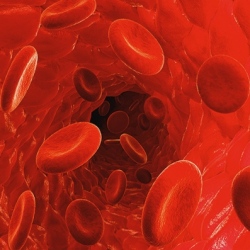
It’s a weapon that fights malaria, a laser scan can give an accurate diagnosis in seconds, without breaking the skin.It works by pulsing energy into a vein in a person’s wrist or earlobe. The laser’s wavelength doesn’t harm human tissue, but is absorbed by hemozoin; waste crystals that are produced by the malaria parasite.
When the crystals absorb this energy, they warm the surrounding blood plasma, making it bubble. An oscilloscope placed on the skin alongside the laser senses these nanoscale bubbles when they start popping, detecting malaria infections in only 20 seconds.
"It’s the first true non-invasive diagnostic," says Dmitri Lapotko of Rice University in Houston, Texas, whose team used the probe to correctly identify which person had malaria in a test of six individuals. They even managed to use the device to show whether dead mosquitoes were carrying the parasite.
Malaria threatens half the world’s population, killing 584,000 people in 2013. Existing tests for malaria are already quick, taking only 15 to 20 minutes to give a diagnosis, but they could be simpler. Blood has to be taken, the test has to be conducted by trained personnel to get reliable results, and extra chemical reagents must be used.
